Trà truyền thống của Thổ Nhĩ Kỳ có màu đen và được tiêu thụ ồ ạt. Người Thổ Nhĩ Kỳ đôi khi ưa thích các loại trà thảo mộc, chẳng hạn như hoa hồng hông (kuşburnu çayı), hoa bồ đề (ıhlamur çayı) và một vài hương vị khác. Nhưng chúng chủ yếu được tiêu thụ vì các đặc điểm có lợi cho sức khỏe và để kích thích vị giác.
Chúng ta không biết chính xác loài người bắt đầu uống trà khi nào và như thế nào. Ghi chép đầu tiên về việc sử dụng trà làm đồ uống đến từ Trung Quốc có niên đại từ thế kỷ thứ 10 trước Công nguyên. Nhưng chỉ từ năm 1589, người châu Âu mới biết đến trà khi một tác giả người Venice miêu tả về cuộc sống trong một lâu dài của người châu Á với thói quen uống trà của họ. Vào thế kỷ 16, các thương nhân Bồ Đào Nha đã nhập khẩu trà và nó trở nên rất thịnh hành trong giới quý tộc và tại các cung đình. Ở Anh, trà thậm chí còn trở nên sang trọng đến mức vào cuối thế kỷ 17, lượng tiêu thụ rượu đã giảm nhờ thói quen uống trà. Vào thế kỷ 19, việc buôn bán trà của Trung Quốc với các nước phương Tây lan rộng và ngành công nghiệp trà bắt đầu xuất hiện ở châu Âu và châu Mỹ.
Đáng ngạc nhiên là so với lịch sử hàng nghìn năm của trà, trà Thổ Nhĩ Kỳ còn tương đối non trẻ. Một số thư tịch đã đề cập rằng người Thổ Nhĩ Kỳ đã buôn bán và tiêu thụ trà ngay từ năm 400 trước Công nguyên, nhưng chắc chắn là trà chỉ trở nên phổ biến ở Thổ Nhĩ Kỳ từ những năm 1900 trở đi.
Nỗ lực đầu tiên để trồng chè trên đất Thổ Nhĩ Kỳ đã diễn ra ở Bursa từ năm 1888 đến năm 1892. Chiến dịch này đã không thành công vì vùng đất này không đủ điều kiện sinh thái để trồng chè. Năm 1924, quốc hội đã thông qua luật về việc trồng chè ở phía đông của vùng Biển Đen. Vào cuối những năm 30, 70 tấn hạt chè đen đã được nhập khẩu từ Georgia để bắt đầu trông tại các vườn ươm trong khu vực. Năm 1940, một đạo luật bổ sung hỗ trợ nông dân và bảo vệ quyền lợi của họ đã thúc đẩy việc trồng chè trong vùng. Ngày nay, 767 triệu m² đất được sử dụng để trồng chè, và đây là thức uống được người Thổ Nhĩ Kỳ tiêu thụ nhiều thứ hai, sau nước.
Làm thế nào để pha trà Thổ Nhĩ Kỳ được ngon?
- Trà - Có một số nhãn hiệu trà Thổ Nhĩ Kỳ nhưng Çaykur là công ty sản xuất trà lâu đời nhất ở Thổ Nhĩ Kỳ. Cũng có những công ty trẻ hơn và thành công không kém như Doğuş. Cho dù là thương hiệu trà nào thì năm sản xuất là thông tin hết sức quan trọng để có một ấm trà ngon. Trà đóng gói tốt sẽ hết hạn trung bình sau hai năm. Lựa chọn tốt nhất là trà Biển Đen phía đông, với hương vị cam bergamot.
- Nước - Sử dụng nước có chất lượng tốt là điều cần thiết. Nước uống đóng chai là lựa chọn an toàn nhất để tránh cặn vôi hoặc clorua.
- Bình - Ấm trà kiểu Thổ Nhĩ Kỳ có hai loại: bình kim loại dưới cùng để đựng nước và bình nhỏ hơn để đựng trà. Phần trên cùng đóng một vai trò quan trọng trong quá trình pha trà, vì vậy, nó phải là vật liệu tốt nhất cho dịp này, đó là sứ.
- Tỷ lệ - Lượng nước được đo một cách đại khái, nhưng đối với trà, bạn có thể sử dụng quy tắc chung để pha trà như sau: một muống café đầy trà cho mỗi người.
- Pha trà - Cho trà vào phần trên cùng và cho nước vào đun sôi ở phần dưới cùng của ấm trà. Khi nước sôi, cho một ít vào nồi phía trên, giảm lửa ở mức nhỏ nhất, đợi 10 đến 15 phút trước khi dùng.
Đối với bữa sáng kiểu Thổ Nhĩ Kỳ, trà luôn được chuẩn bị rất kỹ và là thứ không thể thiếu. Loại bánh mì phổ biến nhất thường được dùng vào bữa sáng là bánh mì trắng. Tuy nhiên, ngày nay mọi người thích các loại bánh mì ngũ cốc khác nhau như lúa mạch đen để cố gắng làm cho thói quen ăn uống lành mạnh hơn.
Các món còn lại của bữa sáng kiểu Thổ Nhĩ Kỳ điển hình bao gồm pho mát trắng, pho mát già, ô liu đen và xanh, bơ, mật ong, mứt, trứng tráng hoặc trứng luộc, cà chua thái lát, ớt và dưa chuột.
Trà Thổ Nhĩ Kỳ có thể được coi là thức uống của cả ngày, bắt đầu từ bữa sáng và tiếp tục cho đến khi đi ngủ. Trà truyền thống của Thổ Nhĩ Kỳ có màu đen và được tiêu rất mạnh tại đất nước này.


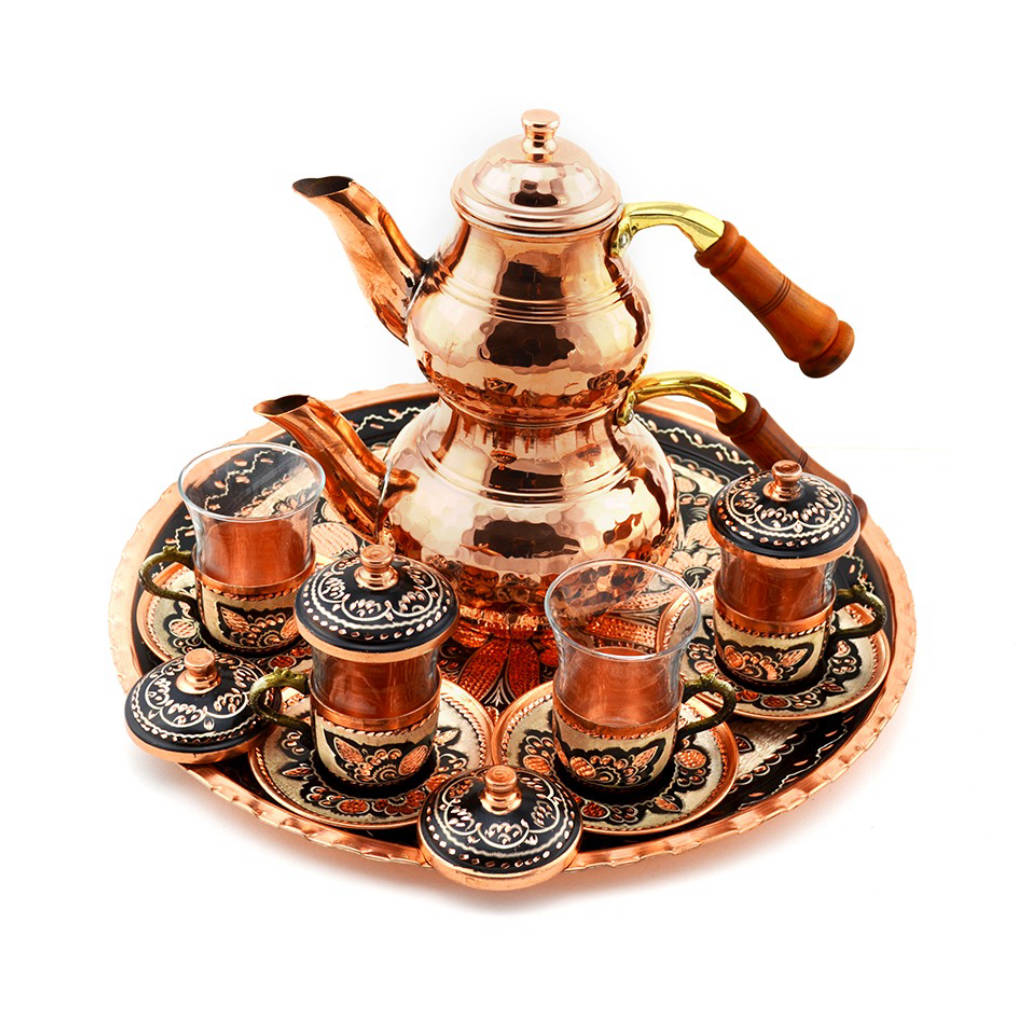
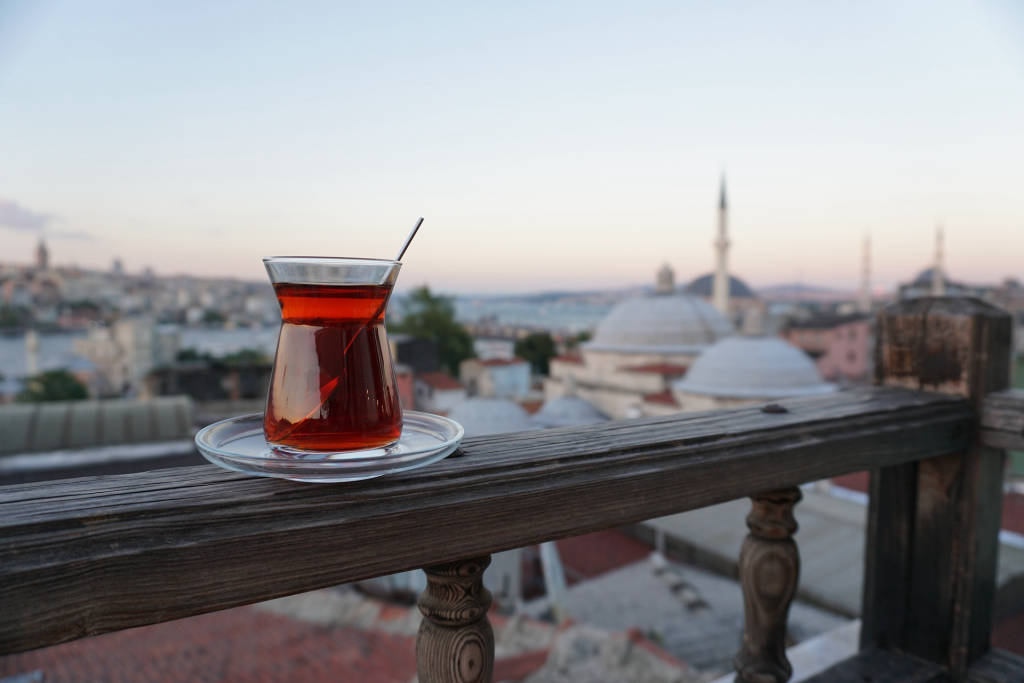
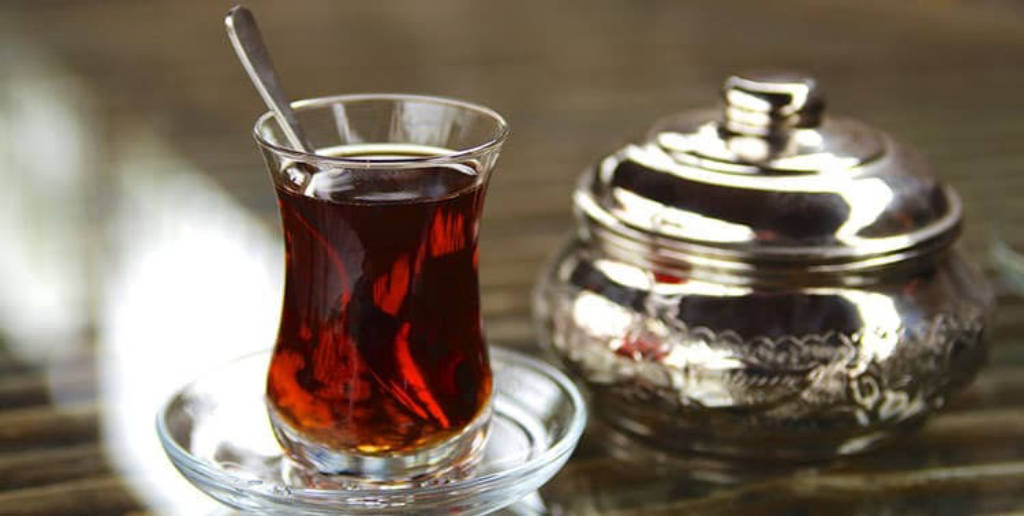
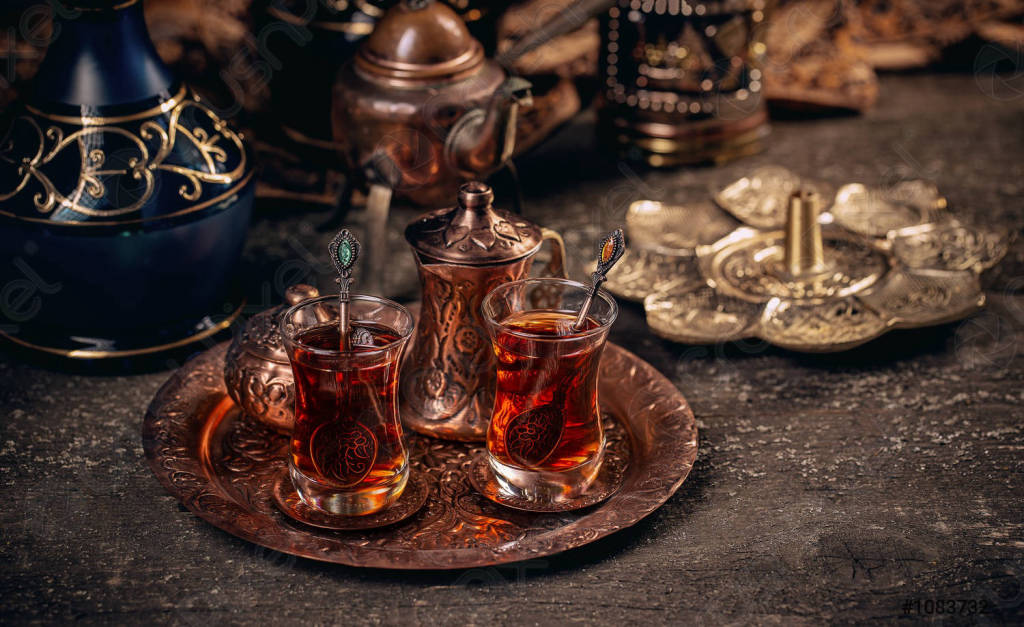
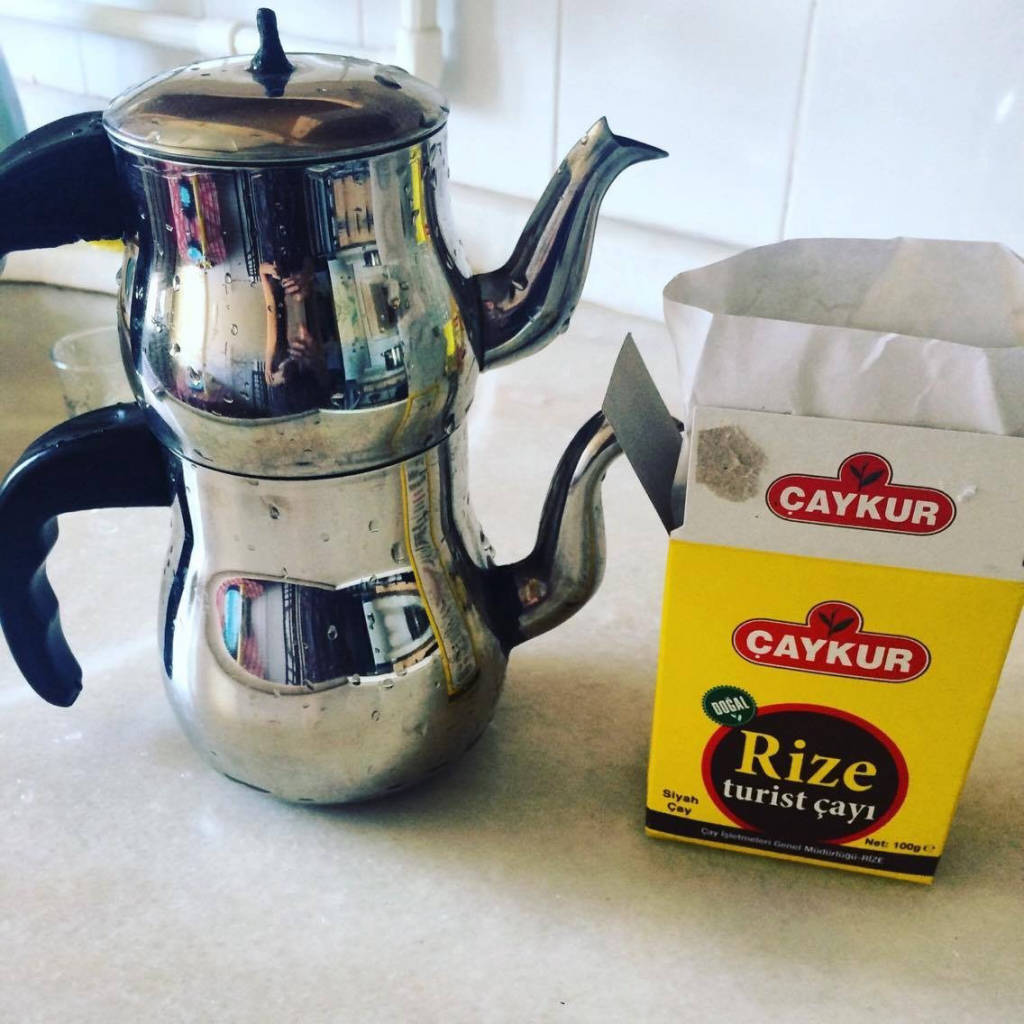






 Istan
Istan